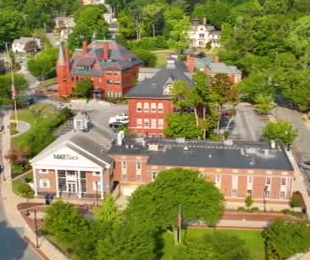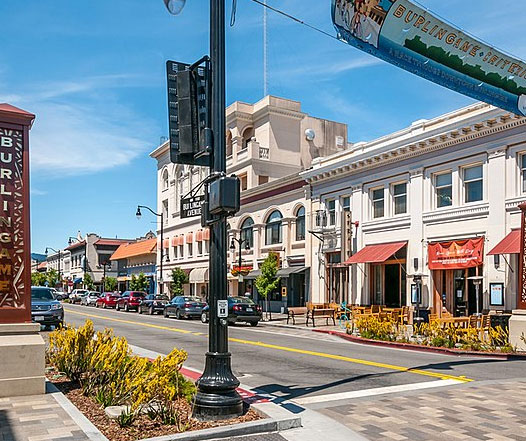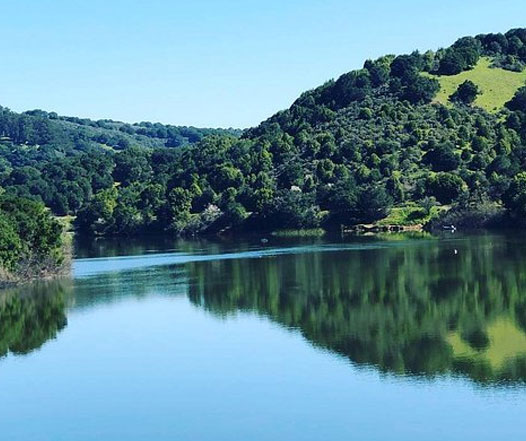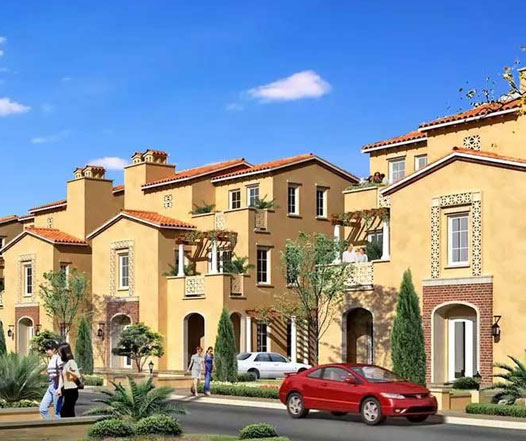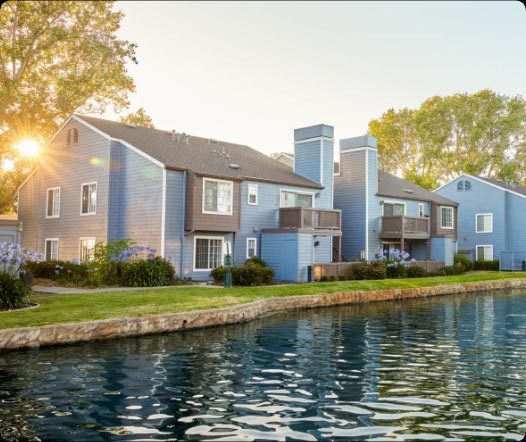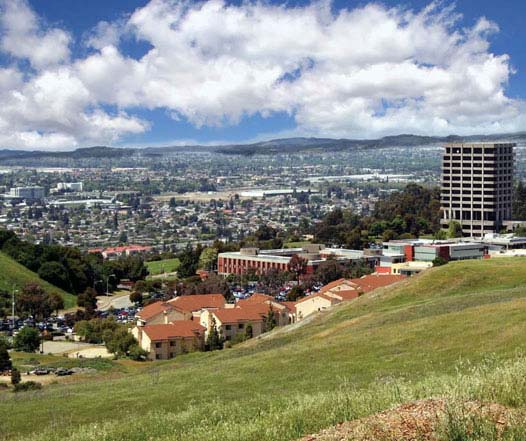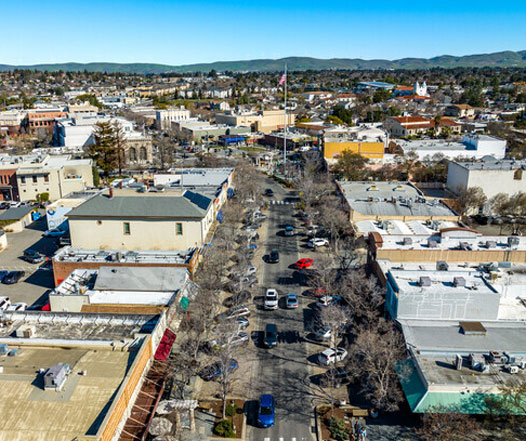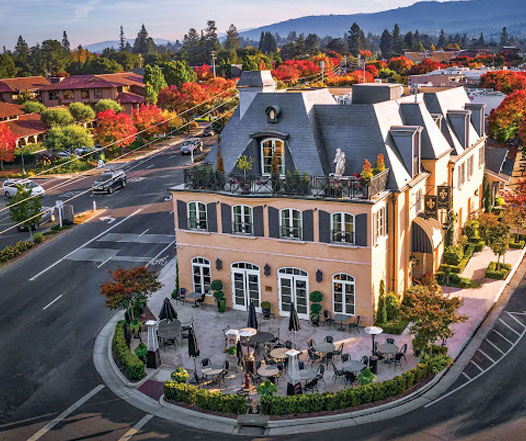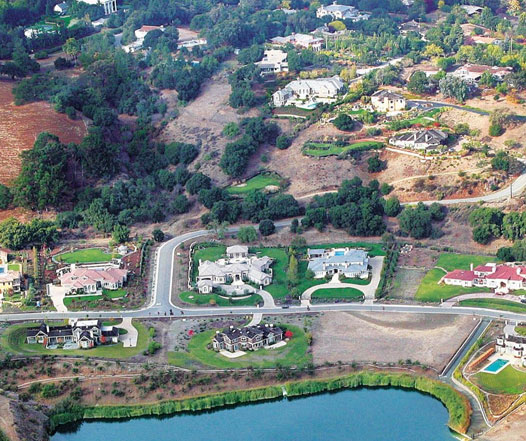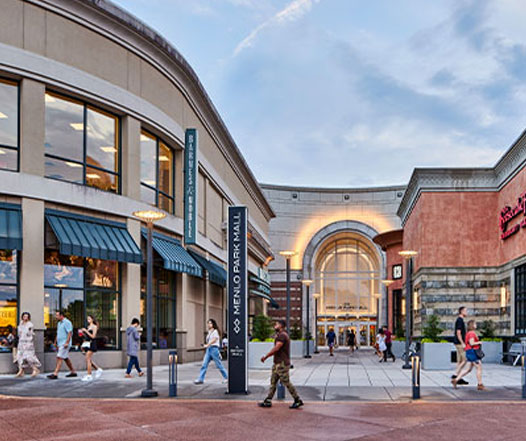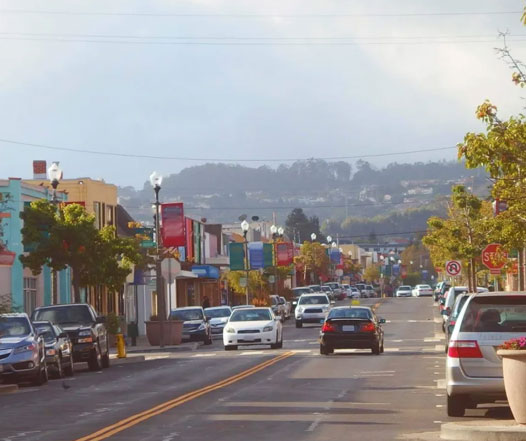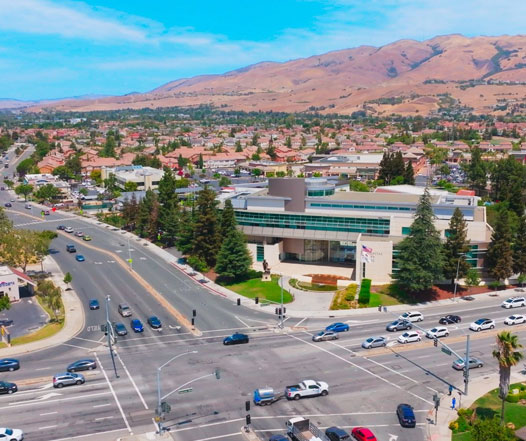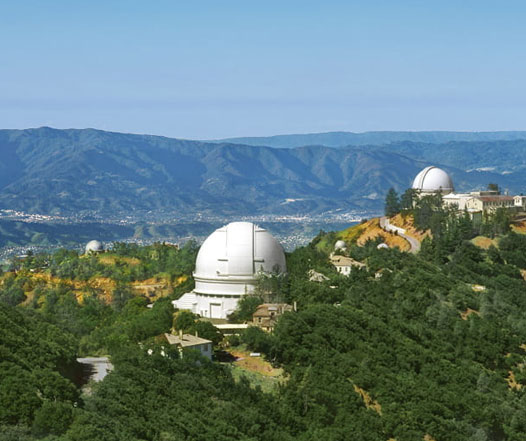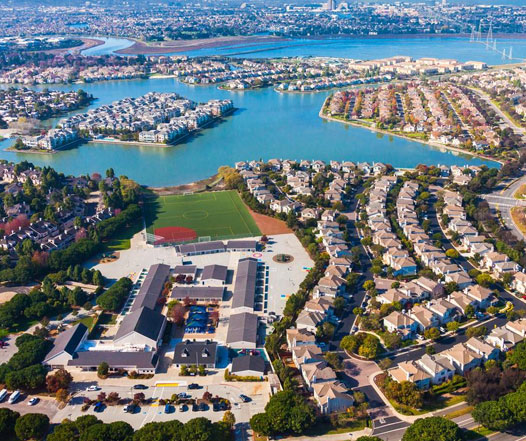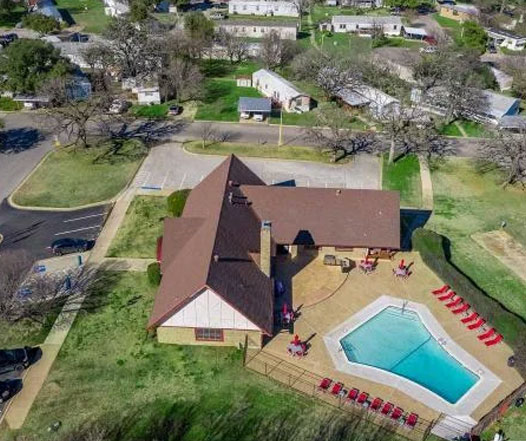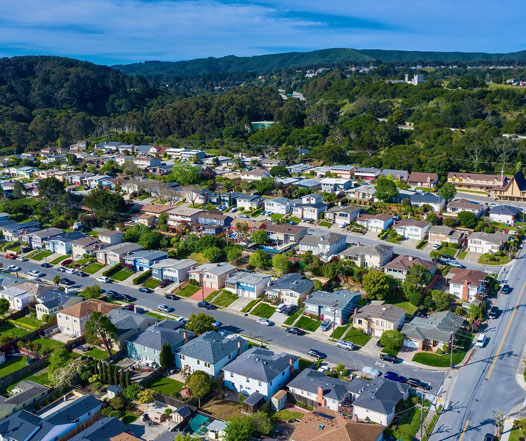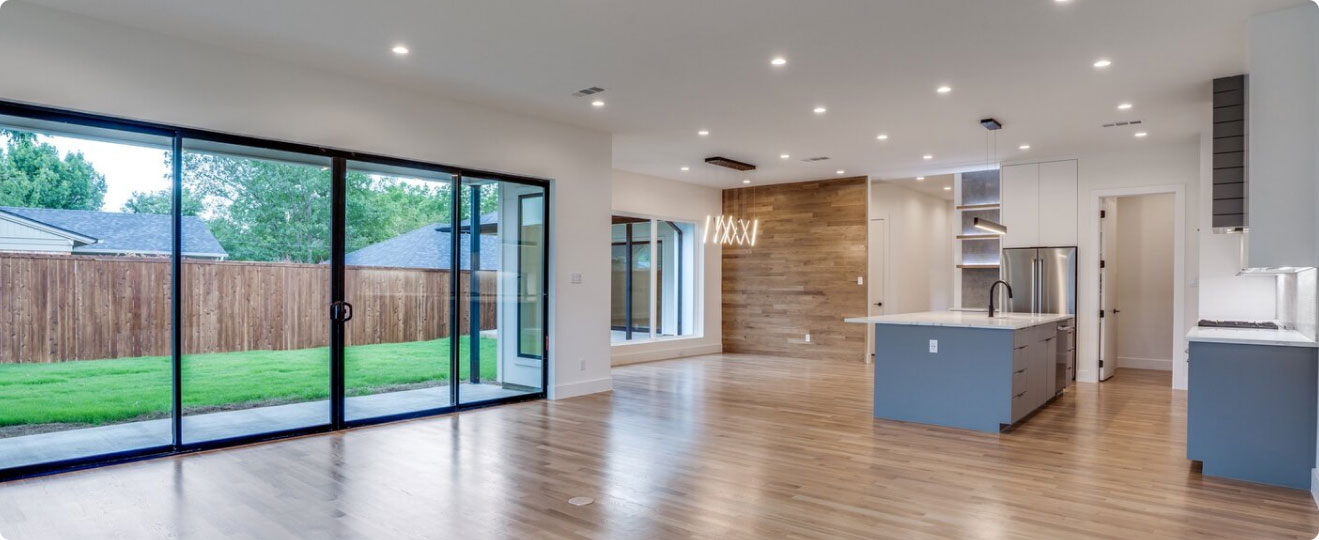
Introduction
Union City offers a welcoming environment for Accessory Dwelling Units (ADUs) with comprehensive regulations designed to ensure safety and harmony within residential areas. The city’s rules facilitate the development of ADUs while maintaining the character and quality of neighborhoods. The ‘ADU Specialist Bay Area’ can assist in navigating these regulations, ensuring compliance, and providing guidance throughout the planning and construction process, making it easier for homeowners to realize their ADU projects.
Essential ADU Rules for Union City
What you can build
Maximum size
1,200 sq ft.
Side / rear setbacks
Minimum of 4 feet.
Two stories
Permitted with restrictions.
Building separation
Minimum of 6 feet from the main house.
Permitting timeline
Standard
Approximately 60 days.
Coastal
Approximately 90 days.
Zoning Regulations in Union City
Union City’s zoning regulations for ADUs are designed to promote efficient land use while preserving neighborhood aesthetics. These regulations vary depending on the zoning district and specific property characteristics.
ADU Size Limitations
| Lot Size | Single-Family (Maximum Floor Area Allowed) | Duplex and Multi-Family (Maximum Floor Area Allowed) |
| Under 7000 | 600 sq ft | Not permitted |
| 7000 - 9999 | 750 sq ft | 1 ADU + 350 sq ft per existing unit (up to 900 sq ft max) |
| 10000 - 12999 | 850 sq ft | 1 ADU + 400 sq ft per existing unit (up to 950 sq ft max) |
| 13000 - 19999 | 950 sq ft | 1 ADU + 450 sq ft per existing unit (up to 1000 sq ft max) |
| 20000+ | 1000 sq ft | 1 ADU + 500 sq ft per existing unit (up to 1000 sq ft max) |
ADU Height Limitations
ADUs in Union City can have a maximum height of 16 feet, ensuring they blend well with existing residential structures.
Building Coverage
The building coverage for an ADU must not exceed 40% of the lot area, maintaining sufficient open space.
Location
| Property Type | Location Requirement |
| Single-Family Homes | Attached ADUs: Must be connected to the main dwelling. |
| Detached ADUs: Must be located in the rear yard. | |
| Junior ADUs (JADUs): Must be within the existing dwelling footprint. | |
| Duplex and Multifamily | Attached ADUs: Allowed within existing structures. |
| Detached ADUs: Must be in rear or side yards. |
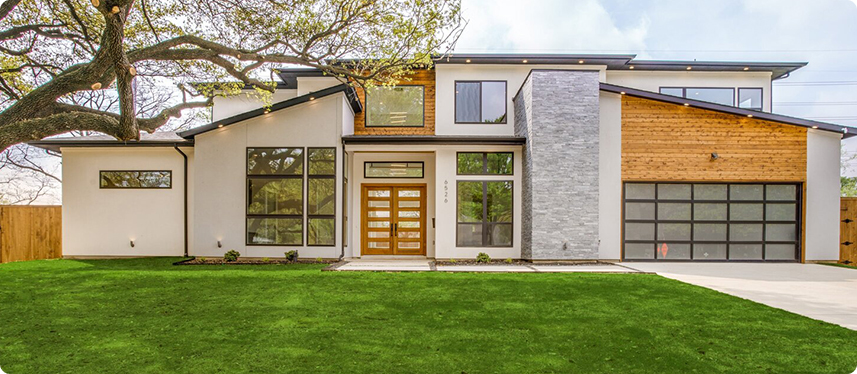
Exterior details
The exterior design of ADUs should match the primary residence in materials, color, and architectural style to maintain neighborhood aesthetics.

Parking
ADUs in Union City require one additional parking space unless located within half a mile of public transit.
Setbacks and Buffer Zones
ADUs must adhere to a minimum of 4 feet setbacks from side and rear property lines, ensuring adequate space between structures.
Minimum Lot Area
| Lot Size | Minimum Lot Area for ADU | Description |
| Under 7000 | ADUs not permitted | Smaller lots do not qualify for ADU development. |
| 7000 - 9999 | 7500 sq ft | Adequate space for a modest ADU. |
| 10000 - 12999 | 10000 sq ft | Suitable for larger ADU projects. |
| 13000 - 19999 | 13500 sq ft | Allows for spacious ADUs with additional amenities. |
| 20000+ | No minimum lot area requirement | Ideal for extensive ADU developments. |
Connection for utilities
All ADUs must have separate utility connections, ensuring independence from the primary dwelling’s services.
Fire safety
ADUs must comply with local fire codes, including the installation of smoke detectors, fire extinguishers, and accessible escape routes.
Room specifications
- Sleeping Areas: Each ADU must have at least one designated sleeping area with a window for egress.
- Kitchen: A fully functional kitchen with appliances and storage space is required.
- Bathroom: Must include a toilet, sink, and shower or bathtub, with proper ventilation.
- Storage: Adequate storage areas must be provided within the ADU.
Short-term Rentals and Home Occupations Regulations
Short-term rentals are allowed in ADUs, provided they comply with local rental ordinances and licensing requirements.
Building Codes
ADUs must adhere to the California Building Standards Code, ensuring safety and durability in construction.
Union City ADU Permit Guidelines
| Permit Type | Description | Estimated Fee |
| Building Permit | Required for ADU construction. | $2500 - $5000 |
| Electrical Permit | For electrical systems. | $400 - $700 |
| Plumbing Permit | For plumbing installations. | $400 - $700 |
| Mechanical Permit | For HVAC systems. | $400 - $700 |
| Grading Permit | For land grading. | $300 - $500 |
| Site Development Permit | For site-specific work. | $300 - $500 |
| Zoning Permit | For zoning compliance. | $200 - $400 |
Property Requirements
Properties must meet specific criteria, including zoning compliance, minimum lot size, and utility access, to qualify for ADU development.
Parking
One additional off-street parking space is required for each ADU, ensuring no street congestion.
Front setbacks
ADUs must maintain a front setback of at least 20 feet, preserving the street view and neighborhood aesthetics.
Side and rear setbacks
Side and rear setbacks must be a minimum of 4 feet, providing sufficient space between properties.
Open space and rear yards
ADUs must not occupy more than 40% of the rear yard, maintaining open space for recreation and gardening.
Properties That Qualify
To determine your property’s eligibility for ADU development, contact the Union City Planning Department.
- Verify that your property is within Union City’s jurisdiction.
- Check the specific residential zones that permit ADUs. Common zones in Union City include R-1, R-2, and R-M.
- Other General Plan designations that permit ADUs:
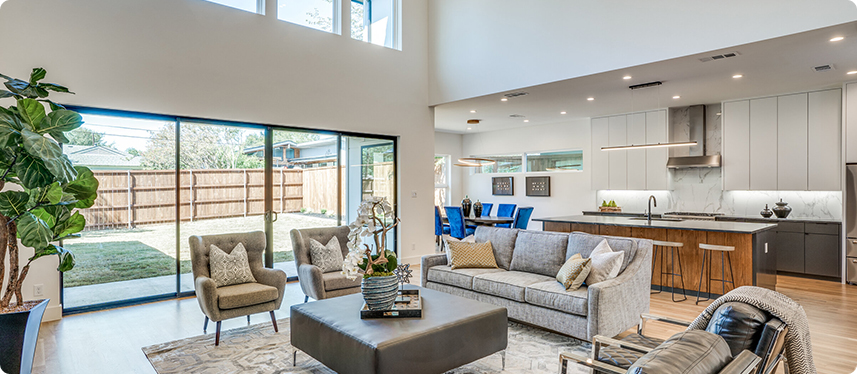
- Residential Mixed-Use (RMU): Supports ADUs within mixed-use developments, enhancing urban density.
- Transit-Oriented Development (TOD): Encourages ADUs near transit hubs, promoting sustainable transportation.
- Specific Plan areas: Areas with tailored regulations allowing ADU integration with existing plans.
Development standards
Single-family
- Attached: ADUs must be integrated into the existing structure, maintaining architectural continuity.
- Detached: Must be located in the rear yard, separate from the primary residence.
Duplex properties
- Attached: Permitted within the existing building envelope.
- Detached: Allowed in rear and side yards, ensuring privacy and space.
Multifamily properties
- Attached: Can be incorporated into existing multifamily structures.
- Detached: Placed in available side or rear yards.
Junior ADUs (JADUs)
Junior ADUs must be within the existing footprint of the main dwelling, usually converted from existing space.
Property designations
- Flood Zones: ADUs in flood zones require elevated foundations and other flood-proofing measures.
- Geohazard Zones: Additional geotechnical assessments may be needed in these areas.
- Historic Designation: ADUs in historic districts must comply with preservation standards, maintaining architectural integrity.
- Easements: ADUs must not encroach on utility or access easements, preserving their intended use.
Summary
Union City offers a robust framework for ADU development, balancing the need for additional housing with the preservation of neighborhood character. Understanding and navigating the local regulations is essential for a successful ADU project. The ‘ADU Specialist Bay Area’ is dedicated to helping homeowners through each step, from planning to construction, ensuring compliance and satisfaction with their new living spaces.
FAQ
Union City allows ADUs in residential zones like R-1, R-2, and R-M, ensuring a variety of housing options.
ADUs can enhance property values by providing additional rental income and living space, boosting overall market appeal.
Yes, typically one ADU is allowed per single-family lot, with additional allowances for duplex and multifamily properties.
ADUs must match the primary residence in style, materials, and color to maintain neighborhood aesthetics.
Yes, but they must comply with local short-term rental ordinances and licensing requirements.
The permitting process usually takes around 60 days, with variations based on project complexity and compliance.
Permit fees range from $200 to $5000, depending on the type and scope of the project.
Yes, typically one additional off-street parking space is required per ADU.
Minimum setbacks are 4 feet from side and rear property lines, ensuring adequate space and privacy.
ADUs can have a maximum height of 16 feet, ensuring they blend well with existing structures.
Yes, garage conversions are permitted, provided they meet all building and safety codes.
ADUs must have separate utility connections, including water, sewer, and electrical systems.
Yes, ADUs in historic districts must comply with preservation standards, maintaining the area’s architectural integrity.
The minimum lot size varies by zoning district, generally starting at 7000 sq ft for ADU eligibility.
ADUs in flood zones require elevated foundations and flood-proofing measures to ensure safety.
Yes, but additional geotechnical assessments may be required to address safety concerns.
Some incentives may be available, such as fee waivers or expedited permitting, depending on local policies.
ADUs must comply with local fire codes, including smoke detectors, fire extinguishers, and escape routes.
Large properties may qualify for multiple ADUs, subject to zoning regulations and lot size.
JADUs must be within the existing footprint of the main dwelling and usually involve converting existing space.
ADUs in mixed-use areas must blend residential and commercial elements, promoting urban density and livability.
Yes, specific plan areas may have tailored ADU regulations, aligning with broader development goals.
Regulations encourage efficient land use, support transit-oriented development, and promote sustainable building practices.
Yes, ADUs can be used for home occupations, provided they comply with local business licensing and zoning laws.
Homeowners should consult the Planning Department, hire knowledgeable professionals, and adhere to all permitting and building codes.

